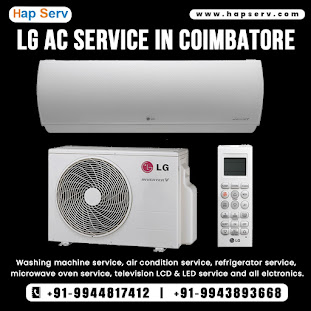AC Spare Parts Replacement & AC system
If you're looking to replace a spare part for your air conditioning (AC) system, here are the general steps you can follow:
Identify the Problem: Determine which specific part of your AC system needs replacement. It could be the compressor, fan motor, capacitor, thermostat, or any other component.
Gather Information: Note down the make and model of your AC unit, as well as the specifications of the part you need to replace. This information will be crucial when purchasing the replacement part.
Purchase the Replacement Part: You can buy AC spare parts from various sources, including HVAC supply stores, online retailers, and even directly from the manufacturer. Ensure that the replacement part matches the specifications of the original part.
Turn Off Power: Before you begin any work, turn off the power to your AC system. This will prevent any electrical accidents while you're working on the replacement.
Safety Gear: Depending on the part you're replacing, you might need safety gear such as gloves, safety glasses, and tools like screwdrivers and wrenches.
Replacement Process:
Consult your AC unit's manual or look for online resources that provide step-by-step instructions for replacing the specific spare part.
Carefully remove the old part by disconnecting any electrical connections, removing mounting screws, and following the instructions provided.
Install the new part in the reverse order, making sure all connections are secure and the part is properly positioned.
Double-check your work to ensure everything is properly connected before proceeding.
Testing: After you've replaced the spare part, turn the power back on and test your AC unit. Make sure the new part is functioning as expected and that there are no unusual noises, leaks, or issues.
Regular Maintenance: To extend the lifespan of your AC system and its components, perform regular maintenance, such as cleaning or replacing air filters, keeping the condenser coils clean, and addressing any issues promptly.
If you're not comfortable with DIY repairs or if the AC system is still under warranty, it's a good idea to contact a professional HVAC technician to perform the replacement for you. They have the expertise and tools to ensure a proper replacement and minimize the risk of damage to your AC unit
SAMSUNG AC SERVICE IN COIMBATORE
AC system
It seems like you're interested in learning about AC systems. AC can refer to both "alternating current" and "air conditioning," so I'll provide information on both topics:
1. Alternating Current (AC):
Alternating current (AC) is an electric current that reverses its direction periodically. It's the type of electricity commonly used in homes, businesses, and most power distribution systems. AC is generated by power plants and is delivered to consumers through power lines. The main advantage of AC is its ability to be easily transformed into different voltage levels using transformers, making it efficient for long-distance transmission.
Key characteristics of AC include:
Voltage and current change direction periodically.
AC voltage is often represented as a sine wave.
Frequency is a measure of how many complete cycles occur per second, and it's typically 50 or 60 Hz in most countries.
2. Air Conditioning (AC):
Air conditioning (AC) refers to the process of altering the properties of air (primarily temperature and humidity) to create a more comfortable indoor environment. AC systems are commonly used in homes, offices, vehicles, and various other spaces.
WHIRLPOOL AC SERVICE IN COIMBATORE
Key components and concepts related to air conditioning systems include:
Compressor: The compressor is the heart of the AC system. It compresses a refrigerant gas, raising its temperature and pressure.
Condenser: The high-pressure, high-temperature refrigerant gas from the compressor is cooled down in the condenser, releasing heat to the outside environment.
Evaporator: The cooled and pressurized refrigerant liquid from the condenser enters the evaporator, where it evaporates and absorbs heat from the indoor air, thus cooling the air.
Expansion Valve: The expansion valve controls the flow of refrigerant from the high-pressure side (condenser) to the low-pressure side (evaporator), causing the refrigerant to expand and cool rapidly.
Refrigerant: A chemical compound that circulates through the AC system, undergoing phase changes (from gas to liquid and back) to transfer heat effectively.
Thermostat: The thermostat detects the indoor temperature and signals the AC system to start or stop cooling to maintain a desired temperature.
There are various types of AC systems, including window units, split systems (with indoor and outdoor components), central AC systems (for larger spaces), and more energy-efficient options like inverter AC systems.

.jpeg)

.jpeg)
Comments
Post a Comment